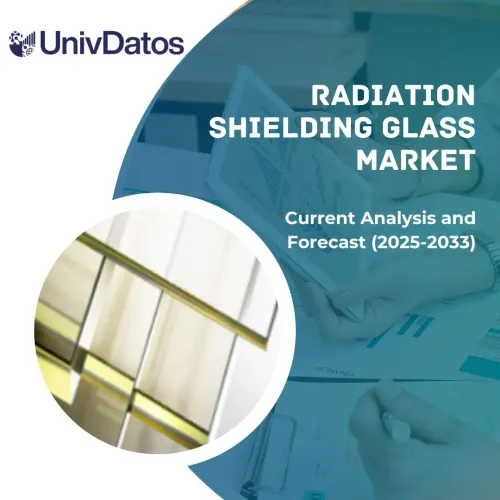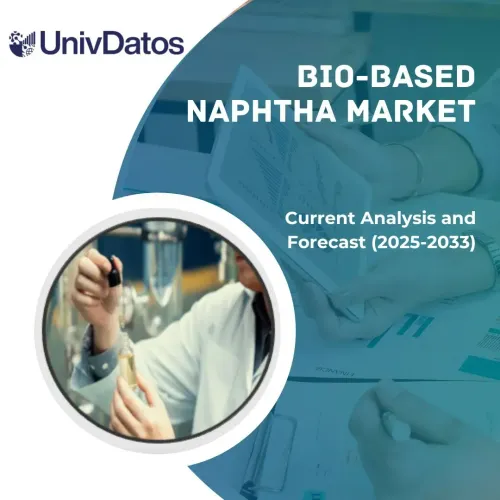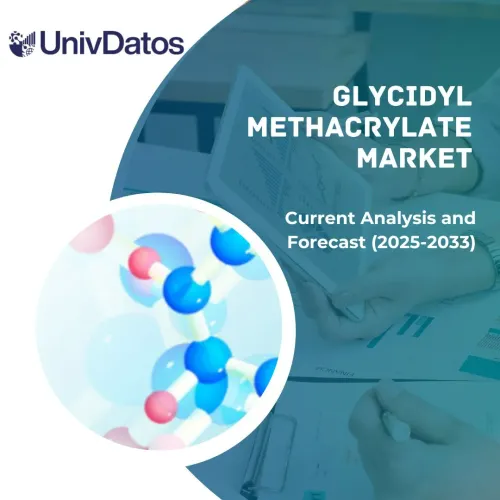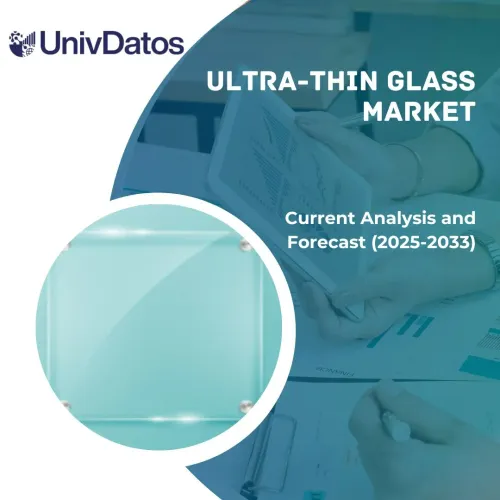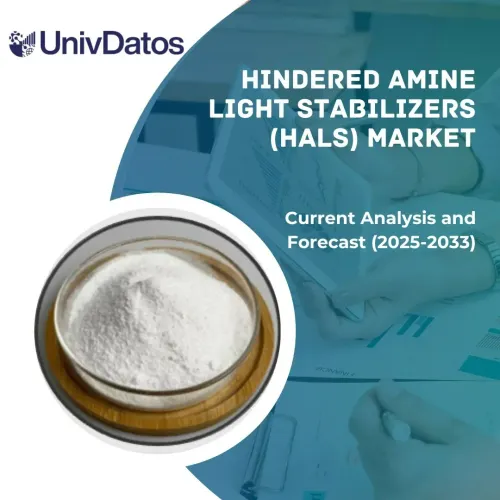- Inicio
- Acerca de nosotros
- Industria
- Servicios
- Leyendo
- Contáctenos
Mercado de cilindros compuestos: Análisis actual y pronóstico (2023-2030)
Énfasis en el tipo de fibra (Compuestos de fibra de vidrio, Compuestos de fibra de carbono, Compuestos de fibra de aramida, Otros), Usuario final (Transporte y almacenamiento de gas, Transporte, Soporte vital, Otros); y Región/País
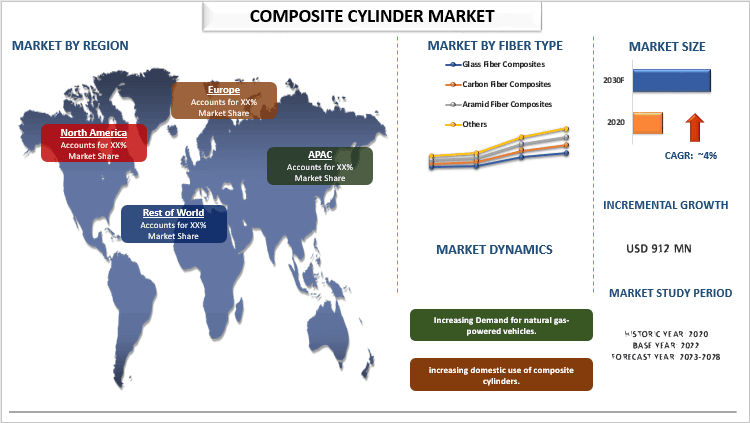
El mercado de cilindros compuestos se valoró en USD 912 millones en el año 2022 y se espera que crezca a una tasa constante de alrededor del 4% durante el período de pronóstico (2023-2030), debido al creciente uso de vehículos propulsados por gas natural. Los cilindros compuestos están compuestos por fibras y resina tejidas helicoidalmente, lo que marca un cambio importante hacia una nueva generación de tecnología con características sostenibles, como ser 100% reciclables y su naturaleza robusta contra los rayos UV. La industria del transporte recurre cada vez más a los cilindros compuestos para satisfacer sus necesidades de almacenamiento de combustible y gas ligero, duradero y confiable. Esta demanda está impulsada por una serie de factores, incluida la necesidad de una mayor eficiencia, seguridad y ahorro de costos. Además, uno de los principales impulsores de la demanda de cilindros compuestos en la industria del transporte es la necesidad de una mayor eficiencia. Este ahorro de peso se traduce en una mejor eficiencia del combustible y una reducción de las emisiones. Además, otro factor que impulsa la demanda de cilindros compuestos en la industria del transporte es la necesidad de una mayor seguridad. Es mucho menos probable que los cilindros compuestos se rompan o exploten en caso de un accidente. Además, es menos probable que los cilindros compuestos se corroan o se dañen a temperaturas extremas, lo que los convierte en una opción más segura para su uso en vehículos que pueden estar expuestos a temperaturas extremas.
La principal tendencia observada en el mercado mundial de cilindros compuestos es la creciente demanda de estos cilindros para el transporte y almacenamiento de gas licuado de petróleo (GLP) y gas natural comprimido (GNC). Además, una gran parte de la demanda de cilindros compuestos también proviene de la creciente adopción de estos cilindros en varios sectores de usuarios finales, incluido el transporte de GNL y GNC, la industria aeroespacial y de defensa, proyectos de desarrollo de construcción e infraestructura y la industria de la salud.Por ejemplo, en marzo de 2022, Time Technoplast anunció que había conseguido un pedido de 758.814 unidades de cilindros de 10 kg de capacidad de IOCL (Indian Oil Corporation Limited), que deben suministrarse durante un período de 12 meses.
Aburi Composites; Amtrol-Alfa; Aygaz; Dragerwerk; EVAS; Faber Industries; Hexagon Composites ASA; SIDPEC; Luxfer Gas Industries; y Sinoma son algunos de los actores clave en el mercado. Varios acuerdos de fusión y adquisición junto con asociaciones han sido emprendidos por estos actores para facilitar a los clientes productos de alta tecnología e innovadores.
Perspectivas presentadas en el informe
“Entre el tipo de fibra, la categoría de cilindros compuestos de fibra de vidrio tendrá una participación significativa en el mercado en 2022.”
Según el tipo de fibra, el mercado se segmenta en compuestos de fibra de vidrio, compuestos de fibra de carbono, compuestos de fibra de aramida y otros. El compuesto de fibra de vidrio tiene una cuota significativa del mercado debido a las propiedades que exhibe, como baja densidad, alta resistencia y fácil procesamiento. Además, los cilindros compuestos de fibra de vidrio se utilizan ampliamente en los sectores automotriz, aeroespacial y de la construcción. Además, el creciente uso de cilindros compuestos de GLP y GNC para sus diversas aplicaciones en la industria automotriz debido a la creciente demanda de vehículos de GNC y la creciente demanda de cilindros compuestos domésticos están impulsando la demanda de cilindros compuestos de fibra de vidrio en el mercado. Debido a esta anticipación de la creciente demanda, las empresas que operan en este segmento también están asignando sus fondos para la expansión de la capacidad para satisfacer esta demanda.
“APAC tendrá una cuota significativa en el mercado.”
Se prevé que APAC crezca a una CAGR sustancial durante el período de pronóstico. Con la creciente industrialización, el rápido desarrollo de infraestructura y la creciente urbanización, la población en las ciudades está aumentando. Esta congestión de la población en las ciudades está dando lugar a una mayor demanda de movilidad, lo que a su vez está degradando la calidad del aire y alimentando la contaminación. Debido a factores como este, la demanda de vehículos propulsados por gas natural está ganando terreno en las economías emergentes, y el gobierno también apoya el cambio, lo que genera una demanda sostenida por lo mismo. Además, el uso de cilindros compuestos también se está volviendo prominente entre los OEM debido a sus numerosos beneficios, incluida una relación resistencia-peso superior, durabilidad y ecoeficiencia. Además, en la industria aeroespacial, los cilindros compuestos se utilizan para crear componentes ligeros y duraderos para aeronaves, como estructuras sándwich, brazos transversales y vigas en voladizo. Además, se ha realizado investigación sobre el uso de nanocompuestos de memoria de forma electroactivos y estructuras compuestas rellenas de panal para aplicaciones aeroespaciales.Por ejemplo, en abril de 2023, Emirates Gas, una subsidiaria de ENOC Group, anunció que está lanzando cilindros compuestos de GLP de próxima generación como parte del esfuerzo constante para brindar a sus clientes la última tecnología en la industria del GLP.
Razones para comprar este informe:
- El estudio incluye el dimensionamiento del mercado y el análisis de pronóstico validado por expertos clave de la industria autenticados.
- El informe presenta una revisión rápida del rendimiento general de la industria de un vistazo.
- El informe cubre un análisis en profundidad de los principales pares de la industria con un enfoque principal en las finanzas clave del negocio, la cartera de productos, las estrategias de expansión y los desarrollos recientes.
- Examen detallado de los impulsores, restricciones, tendencias clave y oportunidades que prevalecen en la industria.
- El estudio cubre exhaustivamente el mercado en diferentes segmentos.
- Análisis de nivel regional de inmersión profunda de la industria.
Opciones de personalización:
El mercado mundial de cilindros compuestos se puede personalizar aún más según el requisito o cualquier otro segmento de mercado. Además de esto, UMI entiende que puede tener sus propias necesidades comerciales, por lo tanto, no dude en contactarnos para obtener un informe que se adapte completamente a sus requisitos.
Tabla de contenido
Metodología de investigación para el análisis del mercado de cilindros compuestos (2023-2030)
Analizar el mercado histórico, estimar el mercado actual y pronosticar el mercado futuro del mercado mundial de cilindros compuestos fueron los tres pasos principales realizados para crear y analizar la adopción de cilindros compuestos en las principales regiones del mundo. Se realizó una extensa investigación secundaria para recopilar los números históricos del mercado y estimar el tamaño actual del mercado. En segundo lugar, para validar estos conocimientos, se tomaron en consideración numerosos hallazgos y supuestos. Además, también se realizaron exhaustivas entrevistas primarias con expertos de la industria en toda la cadena de valor del mercado mundial de cilindros compuestos. Después de la suposición y validación de los números del mercado a través de entrevistas primarias, empleamos un enfoque de arriba hacia abajo/abajo hacia arriba para pronosticar el tamaño completo del mercado. Posteriormente, se adoptaron métodos de desglose del mercado y triangulación de datos para estimar y analizar el tamaño del mercado de los segmentos y subsegmentos de la industria en cuestión. La metodología detallada se explica a continuación:
Análisis del tamaño histórico del mercado
Paso 1: Estudio en profundidad de fuentes secundarias:
Se realizó un estudio secundario detallado para obtener el tamaño histórico del mercado del mercado de cilindros compuestos a través de fuentes internas de la empresa, comoinformes anuales y estados financieros, presentaciones de desempeño, comunicados de prensa, etc.y fuentes externas que incluyenrevistas, noticias y artículos, publicaciones gubernamentales, publicaciones de la competencia, informes del sector, bases de datos de terceros y otras publicaciones creíbles.
Paso 2: Segmentación del mercado:
Después de obtener el tamaño histórico del mercado del mercado de cilindros compuestos, realizamos un análisis secundario detallado para recopilar información histórica del mercado y cuota para diferentes segmentos y subsegmentos para las principales regiones. Los principales segmentos se incluyen en el informe como tipo de fibra y usuario final. Además, se realizaron análisis a nivel de país para evaluar la adopción general de modelos de prueba en esa región.
Paso 3: Análisis de factores:
Después de adquirir el tamaño histórico del mercado de diferentes segmentos y subsegmentos, realizamos un detalladoanálisis de factorespara estimar el tamaño actual del mercado del mercado de cilindros compuestos. Además, realizamos un análisis de factores utilizando variables dependientes e independientes, como varios tipos de fibra y usuarios finales de cilindros compuestos. Se realizó un análisis exhaustivo de los escenarios de la oferta y la demanda, considerando las principales asociaciones, fusiones y adquisiciones, expansión comercial y lanzamientos de productos en el sector del mercado de cilindros compuestos en todo el mundo.
Estimación y pronóstico del tamaño actual del mercado
Dimensionamiento actual del mercado:Basándonos en los conocimientos prácticos de los 3 pasos anteriores, llegamos al tamaño actual del mercado, los actores clave en el mercado mundial de cilindros compuestos y la cuota de mercado de los segmentos. Todas las cuotas porcentuales divididas y los desgloses del mercado se determinaron utilizando el enfoque secundario antes mencionado y se verificaron a través de entrevistas primarias.
Estimación y pronóstico:Para la estimación y el pronóstico del mercado, se asignaron pesos a diferentes factores, incluidos los impulsores y las tendencias, las restricciones y las oportunidades disponibles para las partes interesadas. Después de analizar estos factores, se aplicaron técnicas de pronóstico relevantes, es decir, el enfoque de arriba hacia abajo/abajo hacia arriba, para llegar al pronóstico del mercado para 2030 para diferentes segmentos y subsegmentos en los principales mercados a nivel mundial. La metodología de investigación adoptada para estimar el tamaño del mercado abarca:
- El tamaño del mercado de la industria, en términos de ingresos (USD) y la tasa de adopción del mercado de cilindros compuestos en los principales mercados a nivel nacional
- Todas las cuotas porcentuales, divisiones y desgloses de los segmentos y subsegmentos del mercado
- Actores clave en el mercado mundial de cilindros compuestos en términos de productos ofrecidos. Además, las estrategias de crecimiento adoptadas por estos actores para competir en el mercado de rápido crecimiento.
Validación del tamaño y la cuota de mercado
Investigación primaria:Se realizaron entrevistas en profundidad con los líderes de opinión clave (KOL), incluidos los ejecutivos de alto nivel (CXO/VP, jefe de ventas, jefe de marketing, jefe de operaciones, jefe regional, jefe de país, etc.) en las principales regiones. Los hallazgos de la investigación primaria se resumieron y se realizó un análisis estadístico para probar la hipótesis establecida. Las aportaciones de la investigación primaria se consolidaron con los hallazgos secundarios, convirtiendo así la información en información práctica.
Distribución de los participantes primarios en diferentes regiones
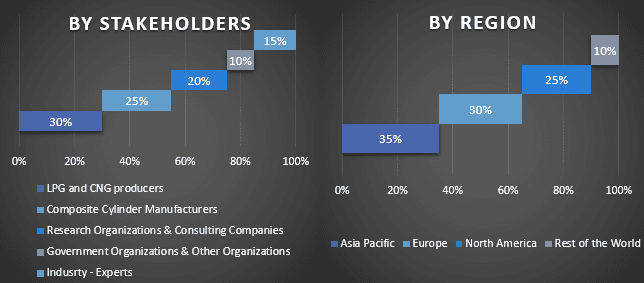
Ingeniería de Mercado
La técnica de triangulación de datos se empleó para completar la estimación general del mercado y para obtener números estadísticos precisos para cada segmento y subsegmento del mercado global de Cilindros Compuestos. Los datos se dividieron en varios segmentos y subsegmentos después de estudiar varios parámetros y tendencias en las áreas de aplicación en el mercado global de Cilindros Compuestos.
El objetivo principal del Estudio del Mercado Global de Cilindros Compuestos
Las tendencias actuales y futuras del mercado global de Cilindros Compuestos se identificaron en el estudio. Los inversores pueden obtener información estratégica para basar su criterio de inversiones en el análisis cualitativo y cuantitativo realizado en el estudio. Las tendencias actuales y futuras del mercado determinaron el atractivo general del mercado a nivel regional, proporcionando una plataforma para que el participante industrial explote el mercado sin explotar para beneficiarse de una ventaja de primer motor. Otros objetivos cuantitativos de los estudios incluyen:
- Analizar el tamaño actual y previsto del mercado de Cilindros Compuestos en términos de valor (USD). Además, analizar el tamaño actual y previsto del mercado de diferentes segmentos y subsegmentos
- Los segmentos en el estudio incluyen áreas de tipo de fibra y usuario final.
- Definición y análisis del marco regulatorio para el Cilindro Compuesto
- Analizar la cadena de valor involucrada con la presencia de varios intermediarios, junto con el análisis de los comportamientos de clientes y competidores de la industria.
- Analizar el tamaño actual y previsto del mercado de Cilindros Compuestos para la región principal.
- Los principales países de las regiones estudiadas en el informe incluyen Asia Pacífico, Europa, América del Norte y el Resto del Mundo.
- Perfiles de empresas del mercado de Cilindros Compuestos y las estrategias de crecimiento adoptadas por los actores del mercado para sostenerse en el mercado de rápido crecimiento
- Análisis a nivel regional en profundidad de la industria
Relacionados Informes
Los clientes que compraron este artículo también compraron

